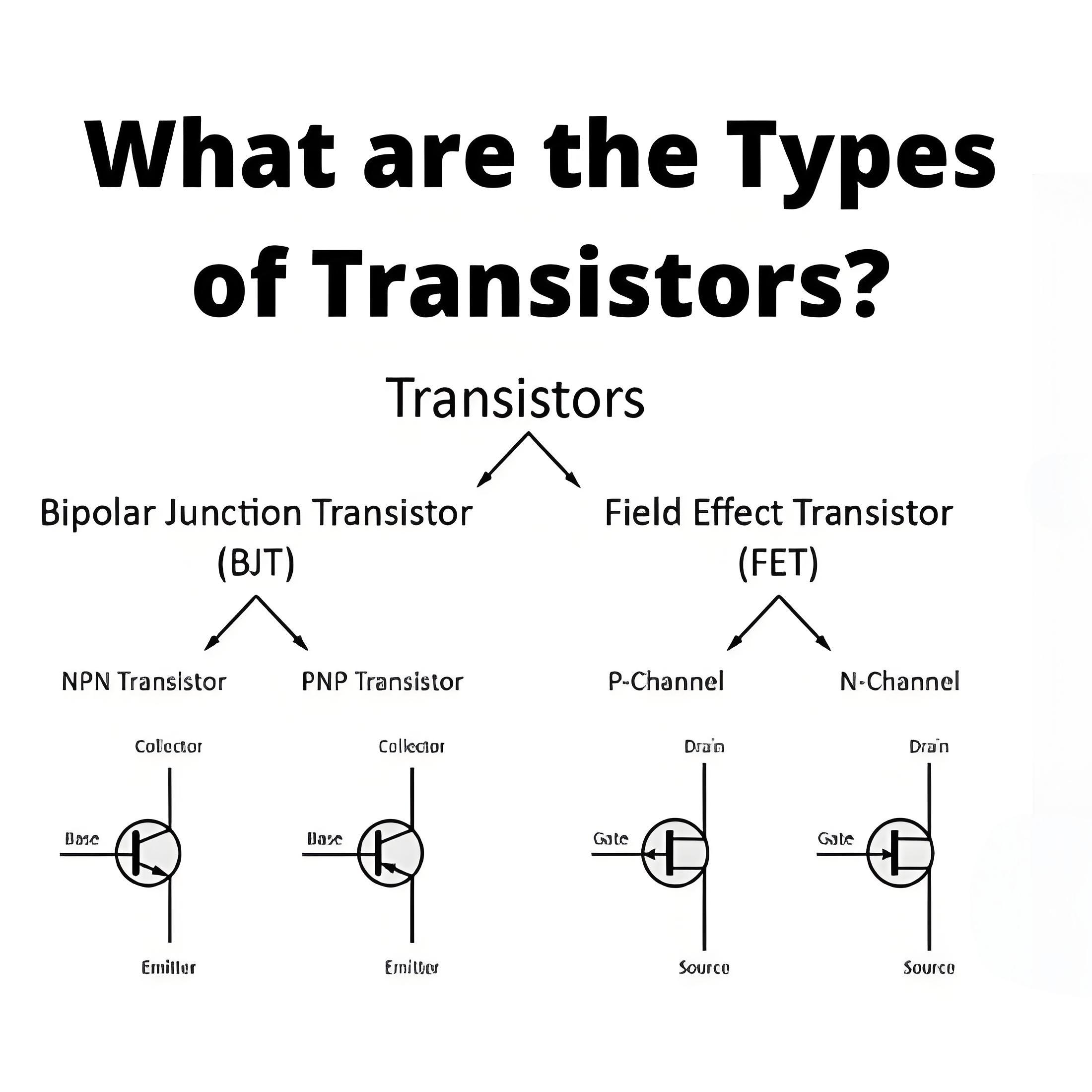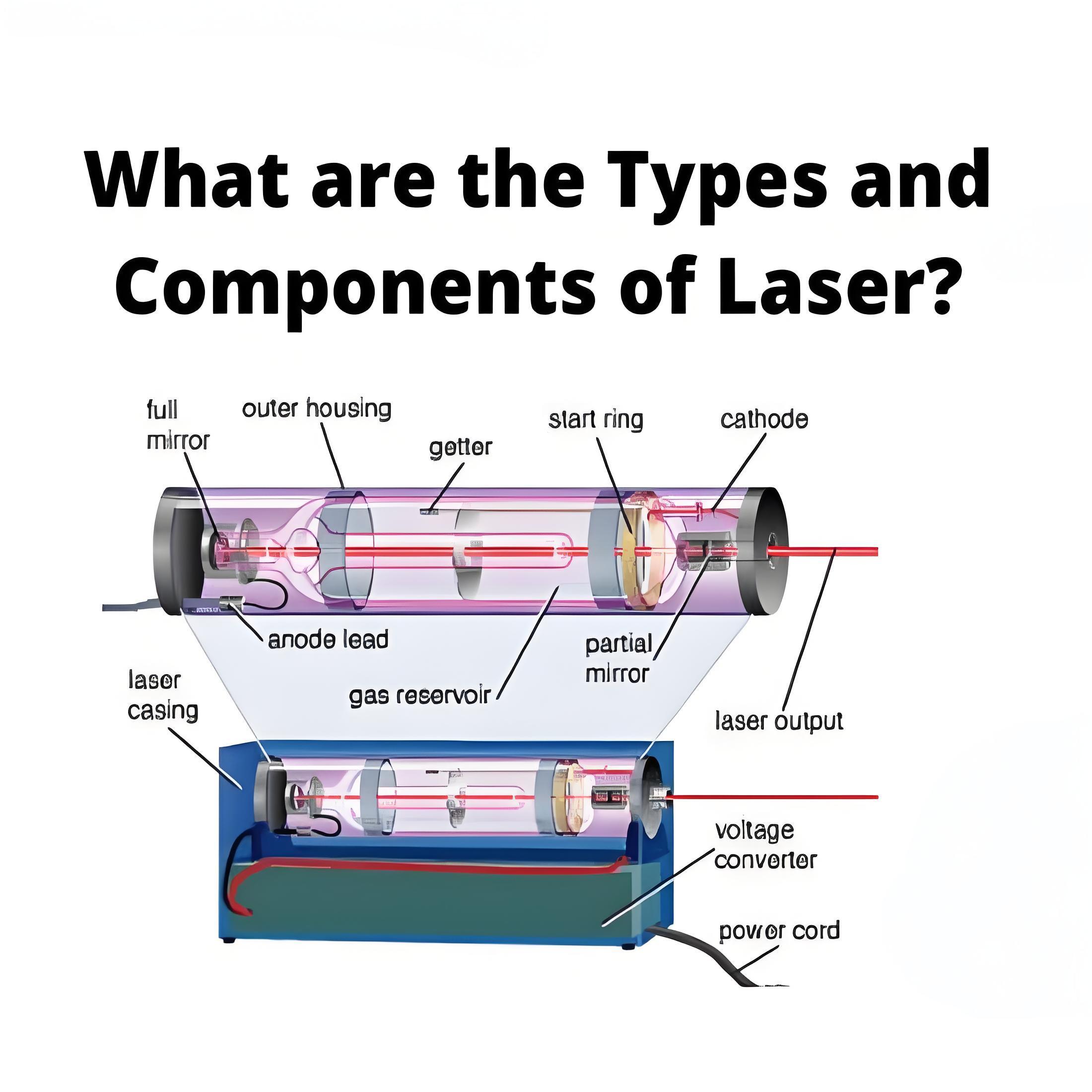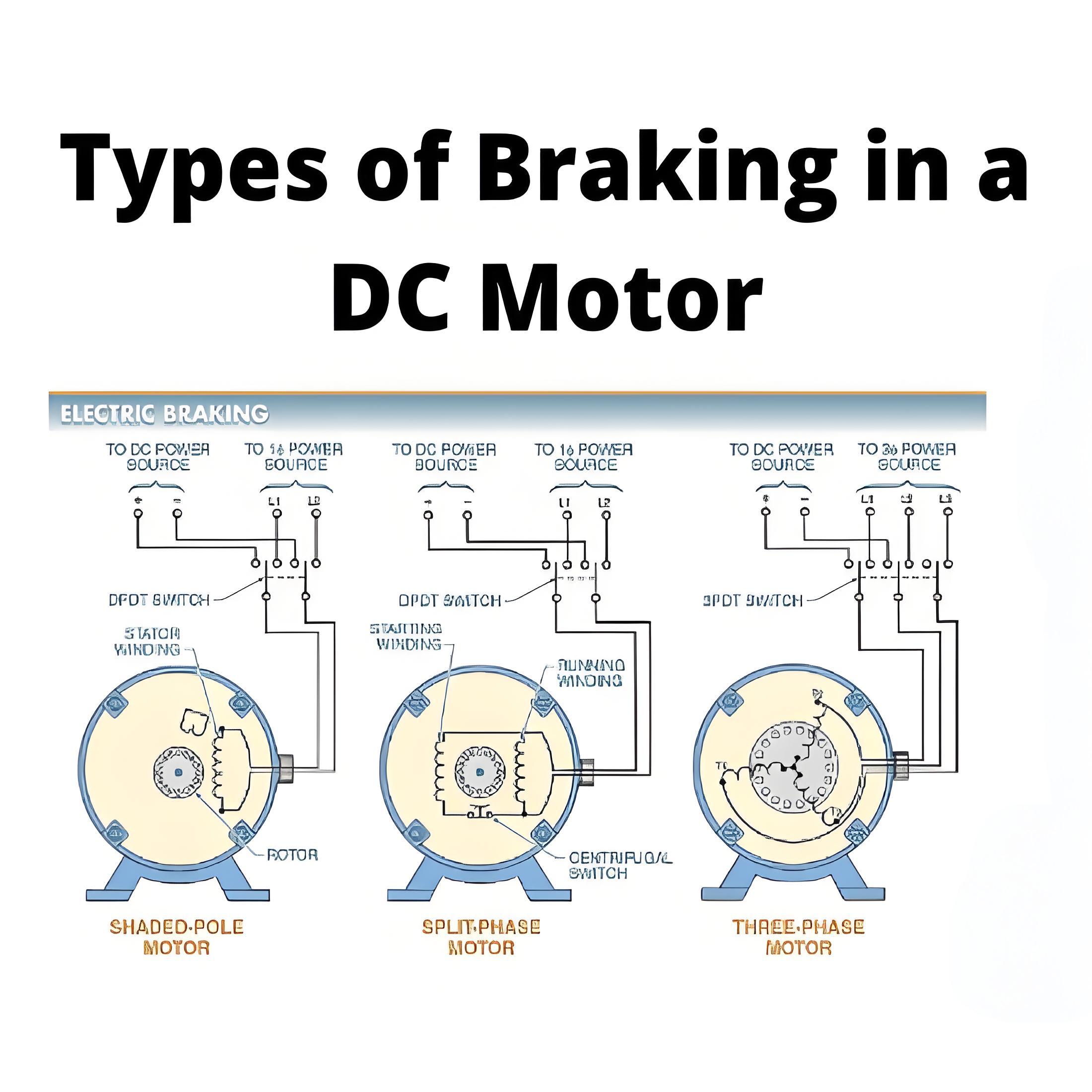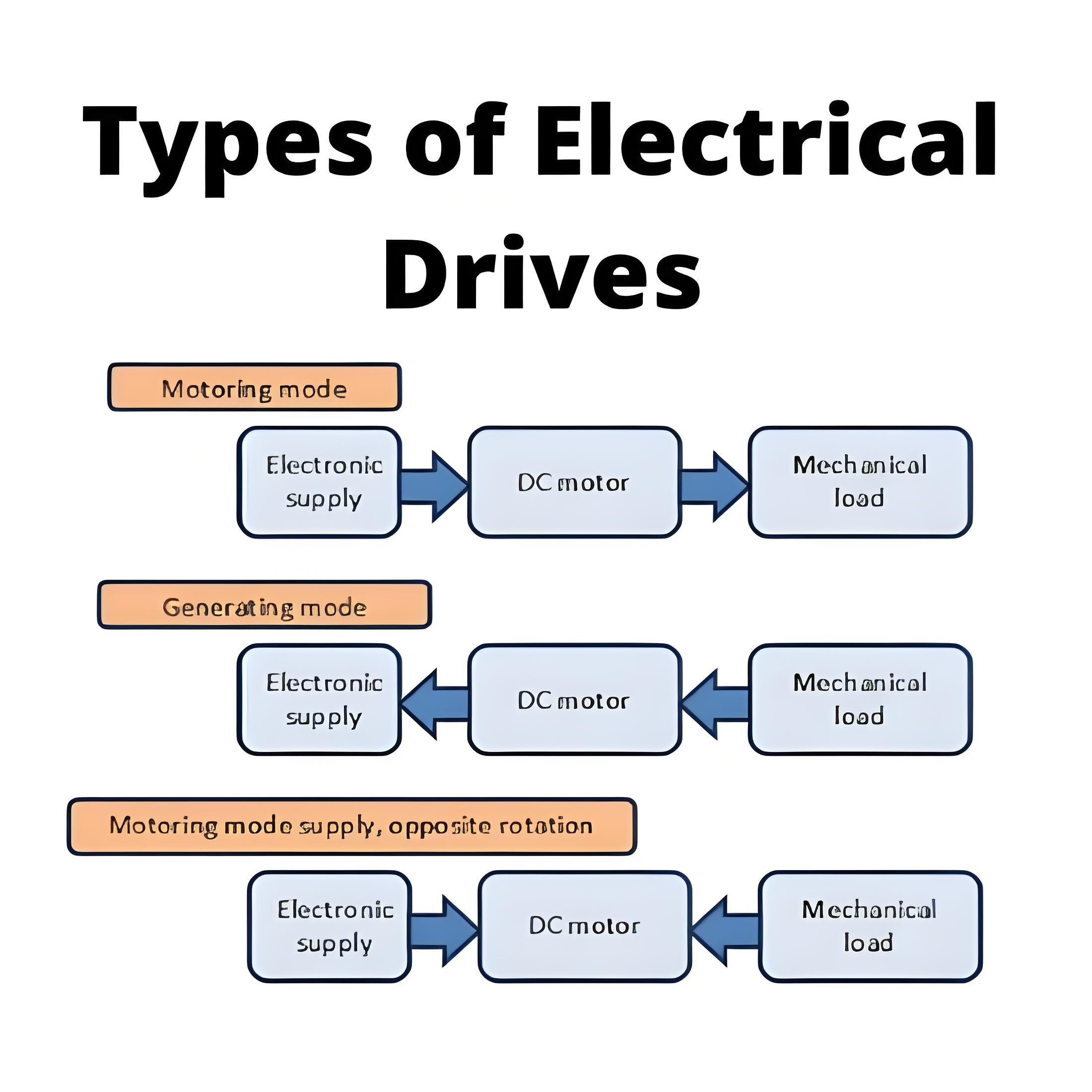Types of Synchronous Motor
Definition of Synchronous Motors
Synchronous motors are electric motors that rotate at a speed directly proportional to the frequency of the supply current.
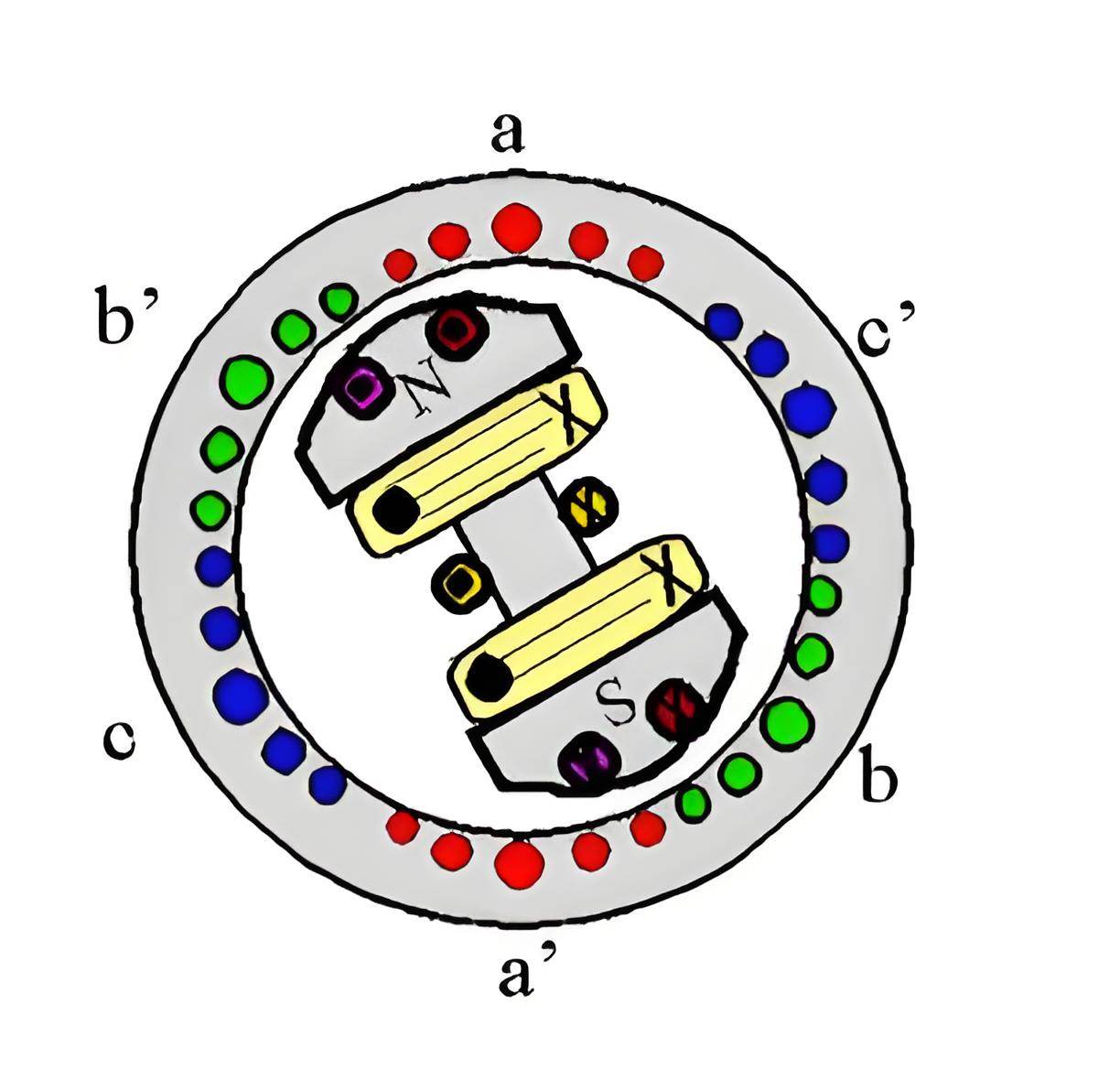
Non Excited Synchronous Motors
These motors use external magnetic fields to magnetize a steel rotor, achieving synchronization without additional electrical excitation.
Hysteresis and Reluctance Motors
Types of non-excited synchronous motors that use different principles (hysteresis losses and magnetic reluctance) to achieve and maintain synchronous speed.
Permanent Magnet Synchronous Motors
The rotor is made up of permanent magnets. They create a constant magnetic flux. The rotor locks in synchronism when the speed is near synchronous speed. They are not self-starting and need electronically controlled variable frequency stator drive.
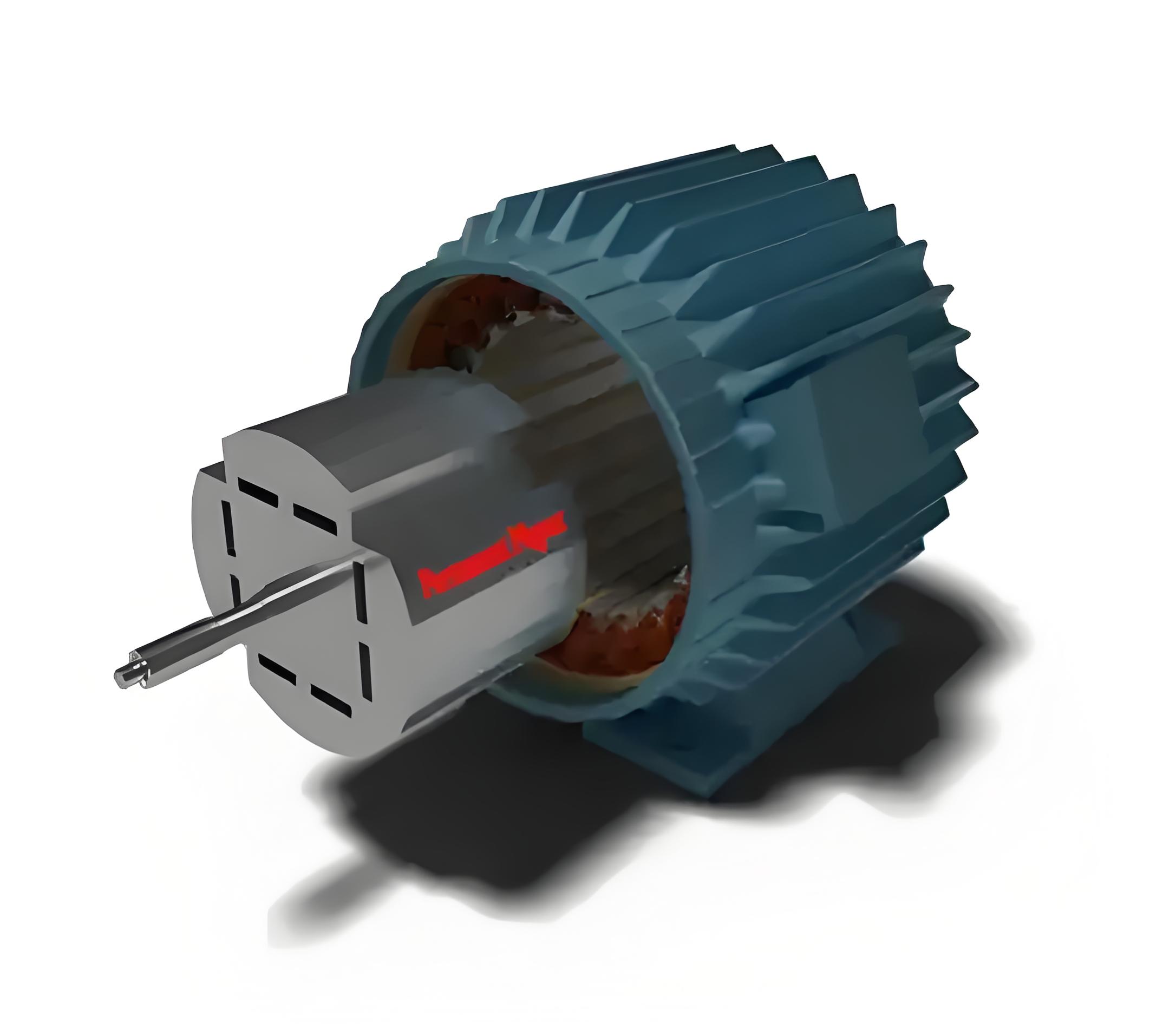
Direct Current Excited Motor
Direct current excited synchronous motors require a DC supply to the rotor to create the magnetic field. These motors have both stator and rotor windings and can feature cylindrical or salient pole rotors. They are not self-starting, so they use damper windings to start as induction motors before reaching synchronous speed.
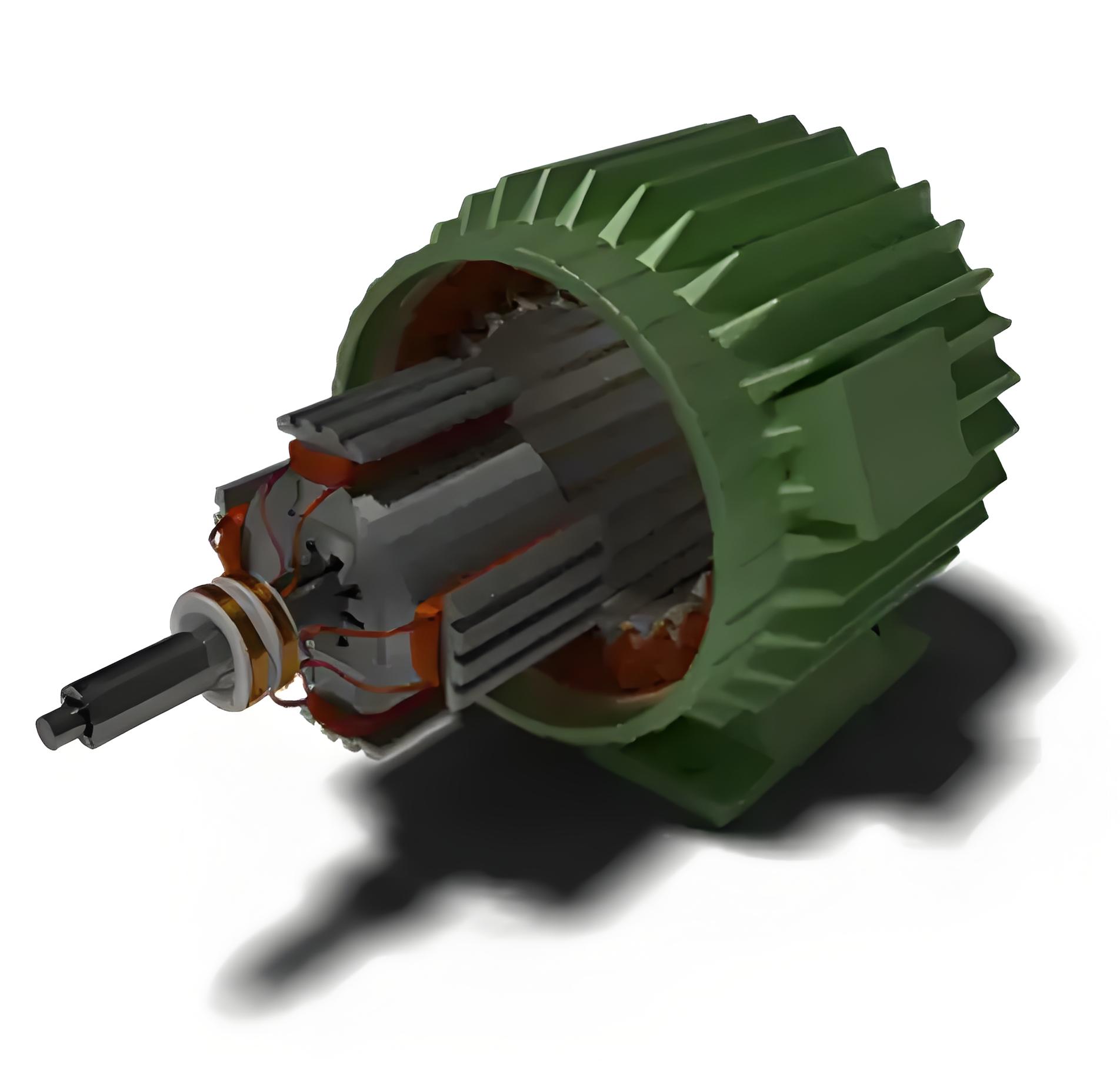
Current Excited Synchronous Motors
These motors need a DC supply to the rotor windings to generate the magnetic field and often use damper windings to start as induction motors before reaching synchronous speed.
Welcome to our electricity community! Established to facilitate the exchange and cooperation in the electricity industry and bridge professionals, enthusiasts, and related enterprises.


